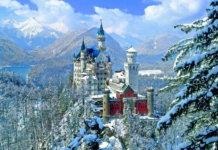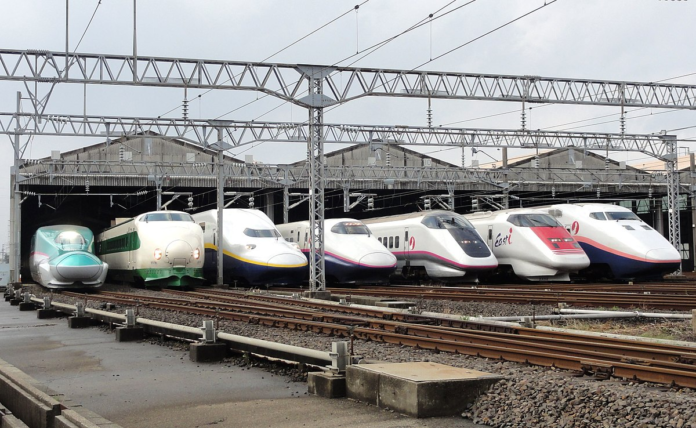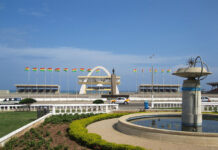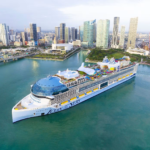Bullet trains in Japan are one of the advanced transportation systems that are used in the railway network to move between major cities in Japan such as Tokyo, Osaka and Nagoya.
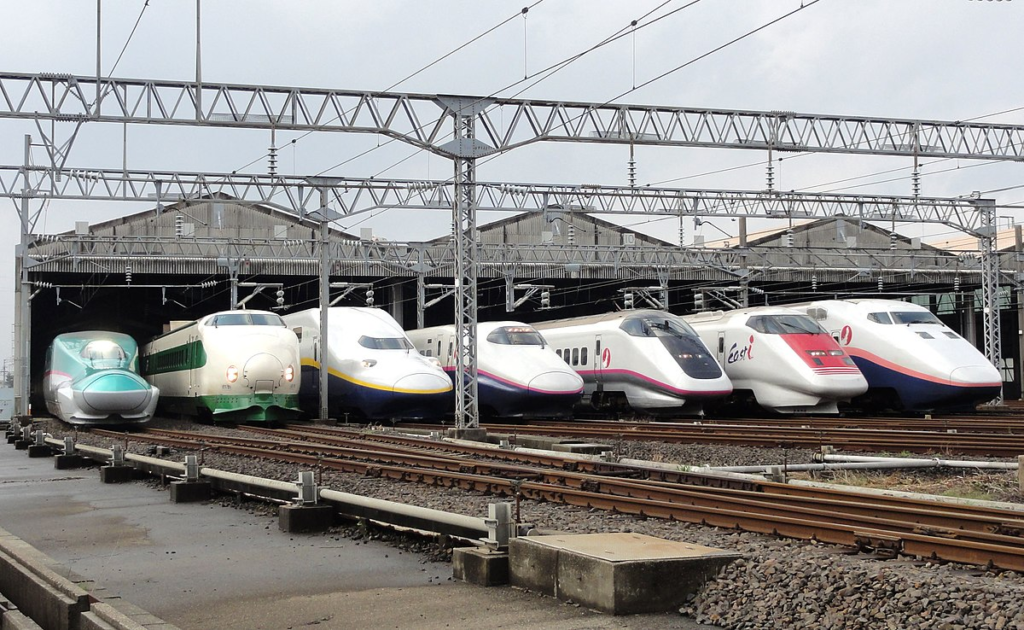
Bullet trains in Japan are also known as “Shinkansen”, which are high-speed trains that operate on the country’s extensive network of railways. These trains are distinguished by their high speed and their ability to reach multiple destinations throughout Japan quickly and efficiently.
Bullet trains allow travelers to move easily between cities and other regions of the country, allowing residents and tourists to move between cities with all speed and also provide different levels of service starting from economic class up to first class where comfortable seats and amenities are available for travelers.

In the following report, we learn together about bullet trains in Japan, or “Shinkansen” high-speed trains, their shapes, ticket prices, and the number of passengers annually.

A proposed plan for bullet trains in Japan dates back to the 1930s and some construction began in the 1940s, however construction was halted by World War II and was more or less forgotten.
Japan did not resume construction until near the end of the 1950s, in order to relieve passenger traffic from traditional lines that were operating at full capacity at the time and as a prestigious project for the upcoming 1964 Tokyo Olympics at that time.
The first bullet train service was in October 1964 on the Tokaido Shinkansen line between Osaka and Tokyo and just in time for the start of the Olympic Games, by which time the service was an instant success with more than 11 million passengers in the first year.

The bullet train operated on the only route between Tokyo and Osaka and took 6 hours and 40 minutes, but this time was later shortened to 4 hours when the Shinkansen opened.

Today, trains take at least 2 hours and 30 minutes for the same route.
One of the major improvements that helped save this time was changing the nose to the shape of a bullet and introducing a much longer nose, always referred to as a duck-billed design. The nose of the new N700S Shinkansen is 10.7 meters long. Because of this change.

The original design was bullet-like and worked great on straight roads, however Japan has hilly terrain, which meant there were a lot of curves and therefore had to be taken into account.
Here comes the role of aerodynamics and how the air behaves when it is compressed when the train enters and exits the tunnel at high speed, which results in a huge sound known as the “tunnel boom.” This problem occurred several times an hour, disturbing people near the tunnel.
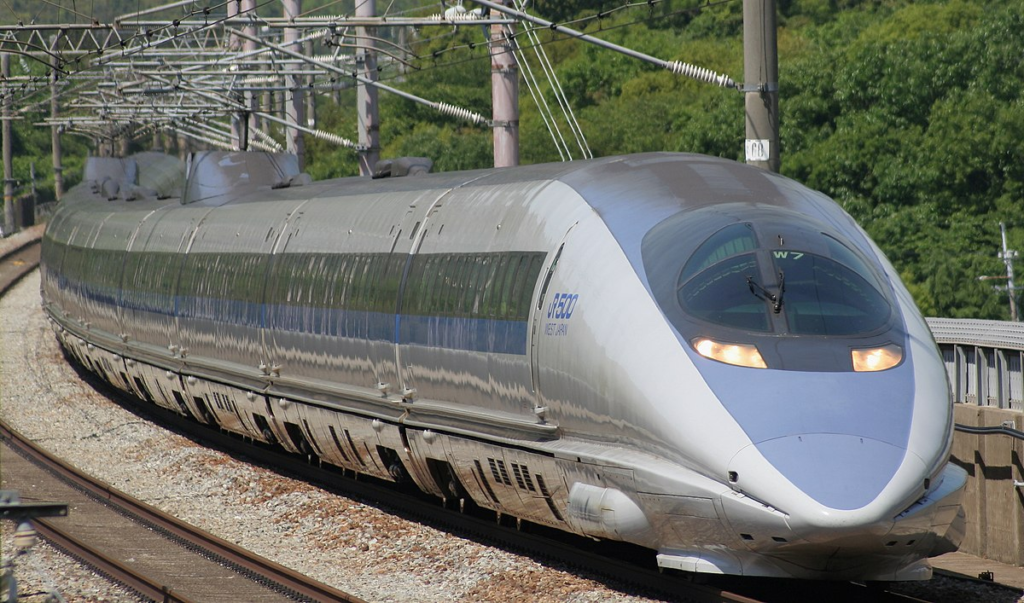
The first design that tried to solve the problem of power and sound was the 500 series Shinkansen.
The engineer inspired its design from the kingfisher, as this bird is distinguished by its ability to move from areas with low resistance to places with high resistance, such as water, without causing a splash, due to its long, pointed, wedge-shaped beak.
The engineer confirmed this idea by creating a series of tests that confirmed it and from here was born the first Shinkansen train with a much longer nose and a size that had more air resistance, which helped to travel through tunnels at the maximum possible speed.

The “Maglev” non-magnetic train system is being developed in Japan, with the goal of achieving commercial operation at speeds of up to 360 kilometers per hour, making it the fastest train in the world.
The project also aims to put the new train into service by 2031, while extending the Hokkaido Shinkansen Line to Sapporo.





